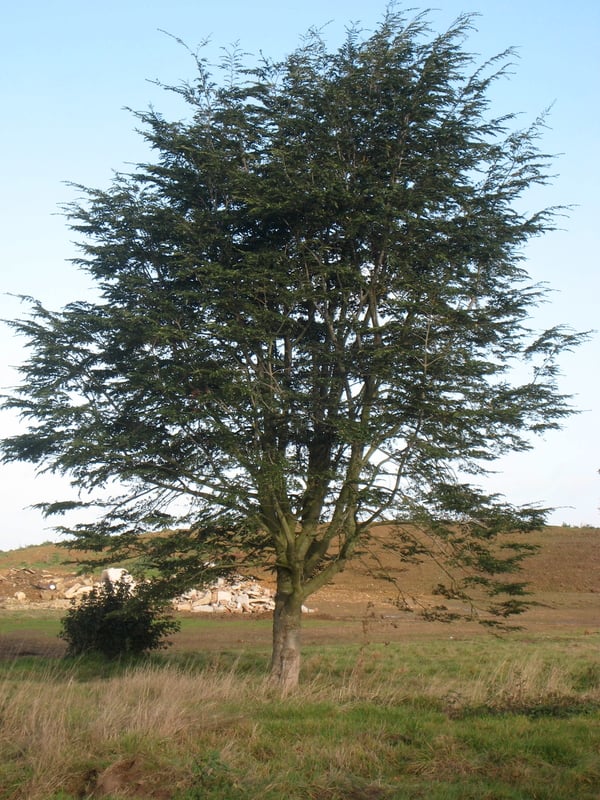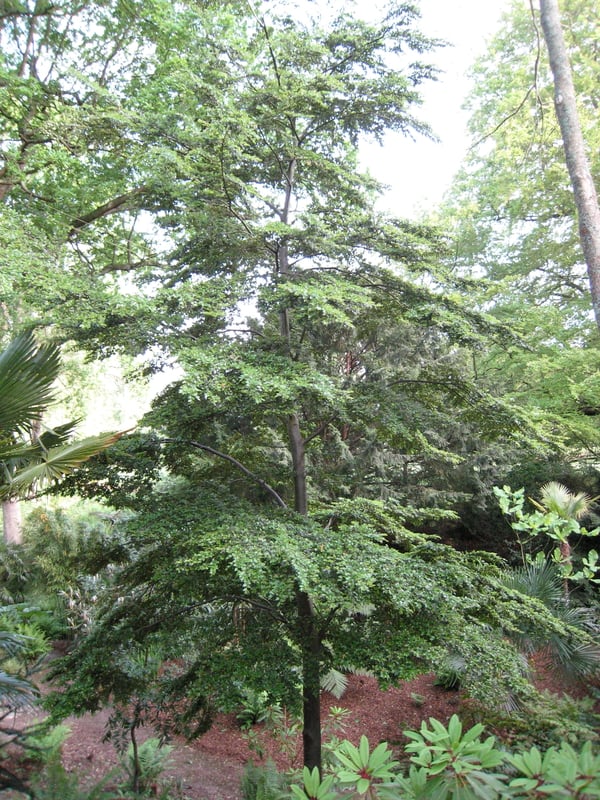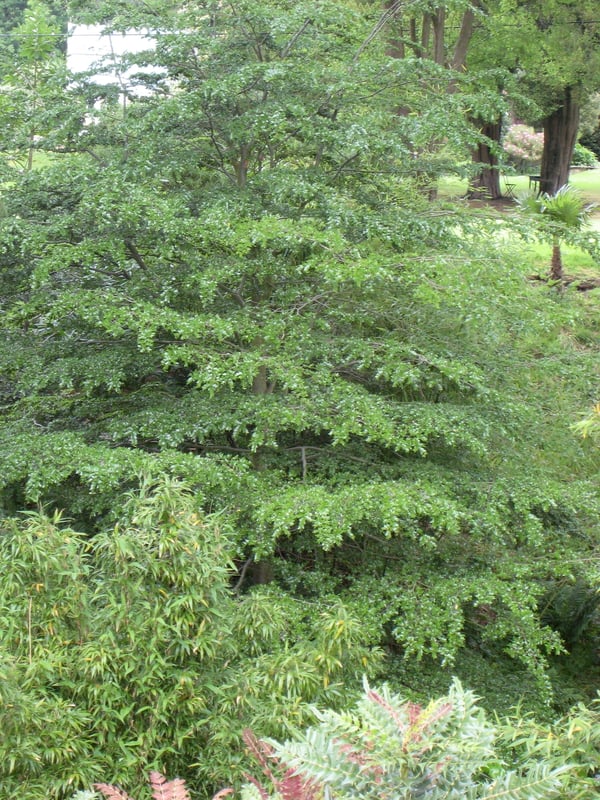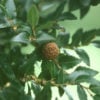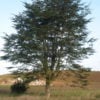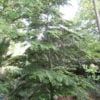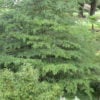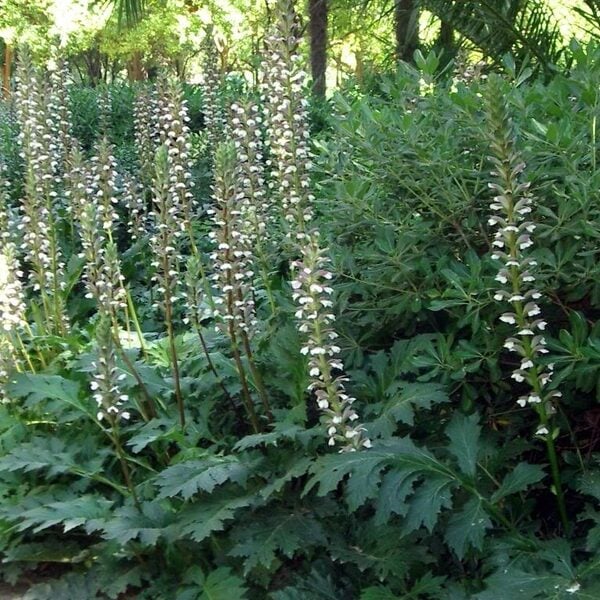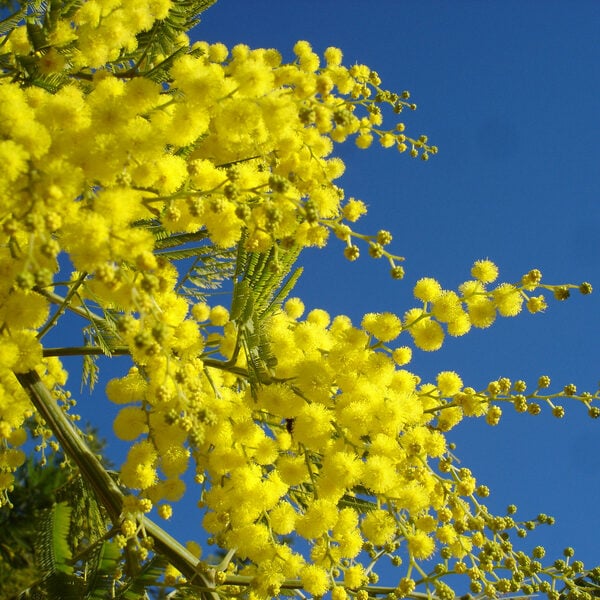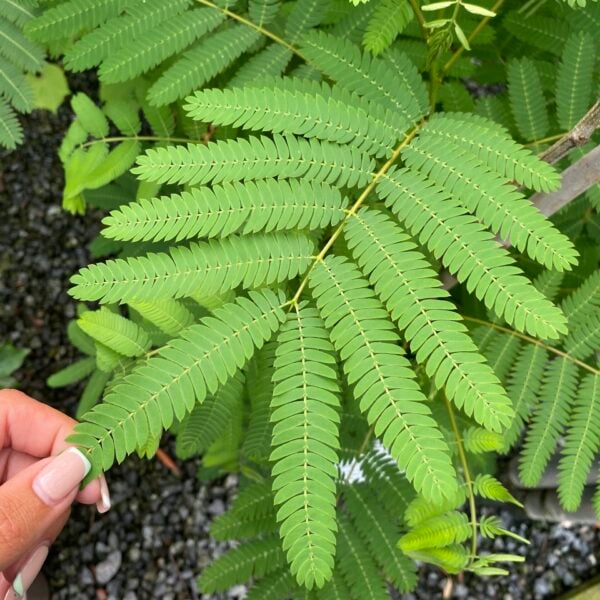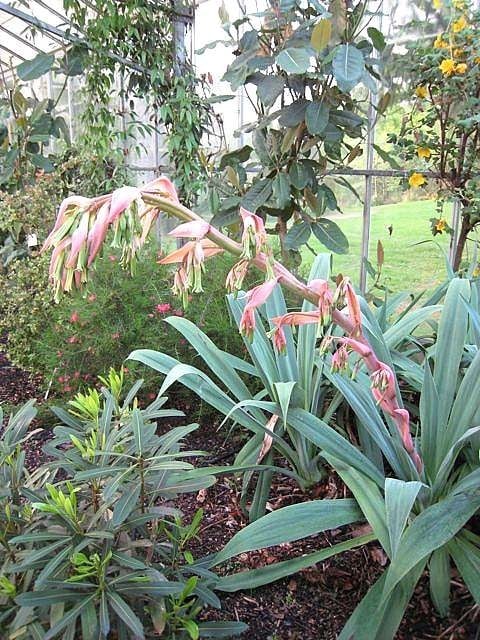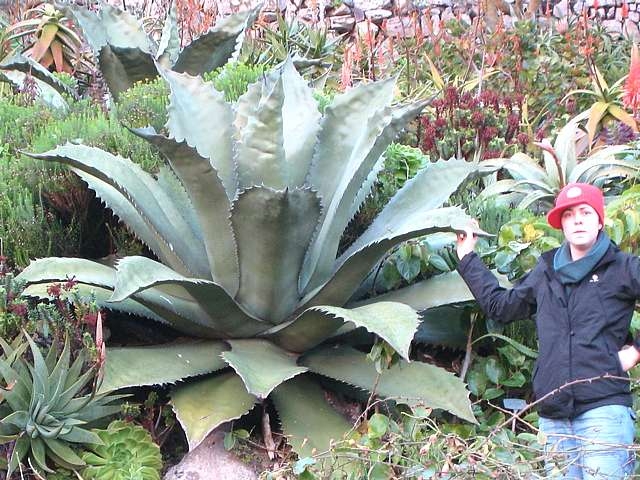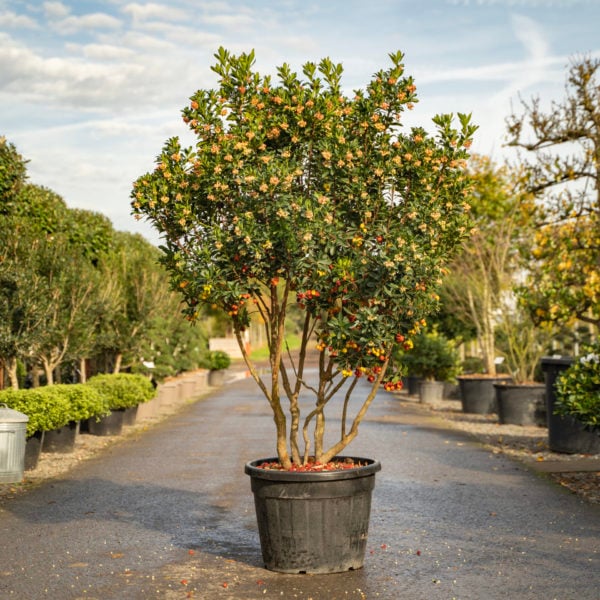Nothofagus dombeyi (Dombey's Southern Beech)
From deepest Patagonia comes this beautiful evergreen beech relative. Fast growing and reliable. 20ft in 10 years. Tremendously tolerant of shade but happy in direct sun. Please contact us for stock availability and sizes.

Hardiness level Green
There's a group of southern hemisphere Beech relatives called The Southern Beeches (Nothofagus). They come from Chile, Argentina, Tasmania and New Zealand. Some are deciduous but most are evergreen and over the years, we've tried them all but have been left with the one that seems superbly right for our climate - this one - Dombey's Southern Beech. The New Zealand and Tasmanian ones are beautiful but a bit frost tender and most of the South American ones are also beautiful but too slow growing to represent anything approaching a commercial proposition. Sad but true. I once found myself on the phone to the Czechoslovakian wife of the official tree officer for the Shetland Islands. They'd experimented with Nothofagus - wonderfully adapted to cool summers - in the Shetlands but I was pleased by her recommendation for further reading on the subject : printed in both Danish and English, a book that to some could represent possibly the most boring reading material imaginable - 'One Hundred Years of Tree Planting in The Faroe Isles'. To me, page after page of utter delights. Black and white photos of incredibly stunted little trees - most from Southern Patagonia. The star of their experiments were the incredible Nothofaguses and I'm sure it's not necessary to explain where the Faroes are.
The habit is unmistakably beech like. Layered and clothed right down to the ground but smaller in stature than our familiar European Beeches. The leaves are much smaller and evergreen and the branches weep a bit at their ends. Stand in the rain in the middle of May and gaze in wonder at the beauty of this tree with all it's branches edged with bright green new leaves. It's so tolerant of low light that it'll form a reasonably well shaped tree - even in the middle of an existing wood. The only other tree that will tolerate such low light is the Coast Redwood from California (Sequoia sempervirens). These two trees therefore lend themselves well to being planted as groves. Their branches will dovetail into each other in a way that few trees would tolerate. Equally, they'll grow in fairly open situations as individual specimens. They can grow to 40ft in 25 years (not the Redwoods - we're back to Nothofagus) but the timber is not particularly strong and in a very exposed spot, the top could get blown out. We planted masses at Cooks Farm (the original site of the nursery) on heavy clay in both sun and shade. Every single one did - and still does - brilliantly. Checking some of my facts on Wikipedia, I note the writer claims it has green and inconspicuous flowers. That's funny because ours are small and very red and very conspicuous. A fine site when it does its thing.
Easy to grow but hard to propagate. From cuttings the success rate is low so we rely on seed but seed produced from areas of high rainfall often have short viability. They're used to ripening, falling to the ground and germinating immediately. If collected in Teirra Del Fuego and sent to Sussex, they seem to loose their desire to germinate so we rely on the highly unreliable seeding of our own trees at Cooks Farm. This is the reason why there tends to be a feast or a famine of such trees. Occasionally, we get lucky but often, we don't.
Despite its easiness and success, this tree remains rare in cultivation. Like many Southern Hemisphere plants, Britain is a much more favoured home from home compared with the near continent (too cold in the winter) or Southern Europe (too hot in the summer). Nymans Garden in West Sussex has a fine collection of various species - including (I think) Nothofagus dombeyi. Where else? I don't know! Let me know.
November 2017 : One of our readers tells us there's a fine specimen at the Winkworth Arboretum near Godalming in Surrey.
N.B. When clipping several plants with the same tool, have a bucket containing a 5% bleach solution and swish your blades around for 30 seconds between plants to sterilise them. This will help avoid the chance of cross contamination of disease.
As with all woody plants, plant high, exposing as much of the taper at the base of the trunk as possible. Allowing soil to accumulate round the base of a tree can be fatal. Keep very well watered when first planted.
Additional Information |
|
|---|---|
| Soil Type | Clay, Dry / Well Drained, Soggy /Damp (Plant high and you can get away with murder) |
| Light | |
| Plant Type | |
| Continent of Origin | |
| Specialist Plants | |
| Tree Size | |
| Situation | |
| Hardiness | |






